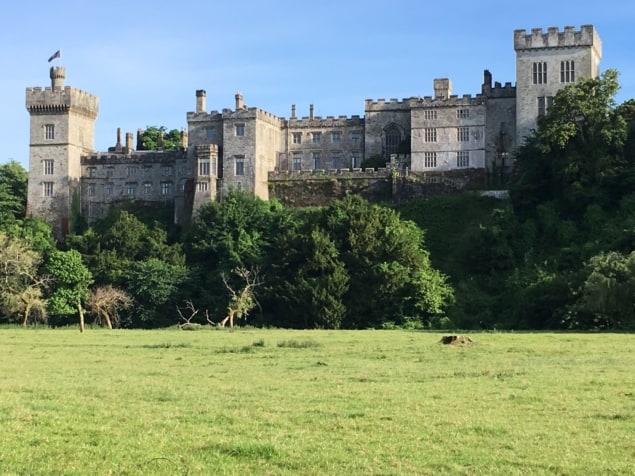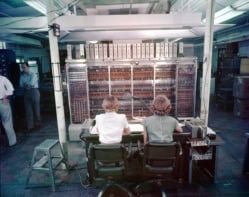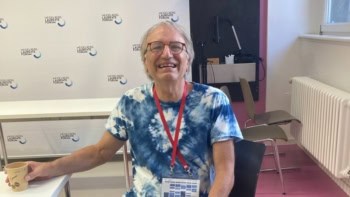
It’s been a busy few days for the history of science in Ireland.
On Saturday, the European Physical Society unveiled a plaque at Dunsink Observatory in Dublin – where the mathematician William Rowan Hamilton, among others, worked – designating it a European Site of Historical Significance.
But Dunsink isn’t the only place in Dublin of interest to science historians. The entire city, it turns out, is full of interesting artefacts of physics history; for a guide see either Thomas O’Connor’s article “Daedalus in Dublin: a physicist’s labyrinth” in the journal Physics in Perspective (16 98) or the Ingenious Ireland website.
I had to miss the Dunsink ceremony. That’s because I was two hours south in Dungarvan, on Ireland’s eastern coast, at the seventh annual Robert Boyle summer school, held in honour of the natural philosopher who co-founded the Royal Society. The school promotes popular appreciation of Boyle, the history of Irish science, and the relevance of science to current issues.
Dungarvan’s notable natives include Ernest Walton, the only Irish Nobel laureate in physics. A week ago, an article in the Irish Times touted Walton as an emblem of Ireland’s scientific strength and an argument for Ireland’s joining the CERN particle-physics lab. But as someone here reminded me, that argument is backwards. Walton achieved his scientific potential – for his role in the first artificial nuclear disintegration (1932) – only thanks to an international scientific collaboration, with John Cockcroft, in which he was already involved.
The school opened on Thursday night with a costumed stage show about Boyle’s life performed by two of the organizers, Eoin Gill and Sheila Donegan of Waterford Institute of Technology. Gill played Boyle, giving rudimentary demonstrations of Boyle’s development of the pH and flame tests for materials, his use of the vacuum pump, and of course the eponymous law involving an inverse relation between the pressure and volume of a gas. Donegan played Boyle’s older sister Katherine (Lady Ranelagh), who ran a salon and was one of the most influential European women of the era.

Other speakers outlined Boyle’s theory of knowledge, the nature of scientific discovery, and neuroscientific findings about the brain. Peter Mulryan of the nearby Blackwater Distillery, spoke about the science of gin. Blackwater’s signature gin, as it happens, is called Robert Boyle gin, which was the prize for the best Irish gin of 2016, the first year it appeared. It’s bottled in an old-fashioned apothecary bottle and has Boyle’s Law and an image of his air pump on the inside of the label. The samples he provided during the talk made the dinner afterwards…well, I don’t have a clear recollection.
I gave my talk on Saturday in Lismore, near Lismore Castle, Boyle’s birthplace. My topic was science denial. There couldn’t have been a better location, given that two hours away, on Ireland’s western shores, is the Trump International Golf Links in Doonbeg. While Trump himself has famously characterized global warming as a hoax, his company has applied to build a seawall to protect this property, citing danger from rising seas due to global warming. Trump is thus using a scientific finding to protect his own financial interest, while denying that possibility to US citizens, as I have written about before.
Another speaker was the writer and comedian Timandra Harkness. She began by lamenting that, having been identified as a comedian by the moderator, the audience would expect a joke. So she delivered one: “Why should you never tell a statistician that they are average? Because it’s mean.”

Richard Feynman from A to Z
Her talk, based on her book Big Data: Does Size Matter?, began with her reflections on a 30,000 year old wolf bone that some early hominid had used as a tally stick. She described it as containing a “bite” of data. Harkness only grew funnier from there.



